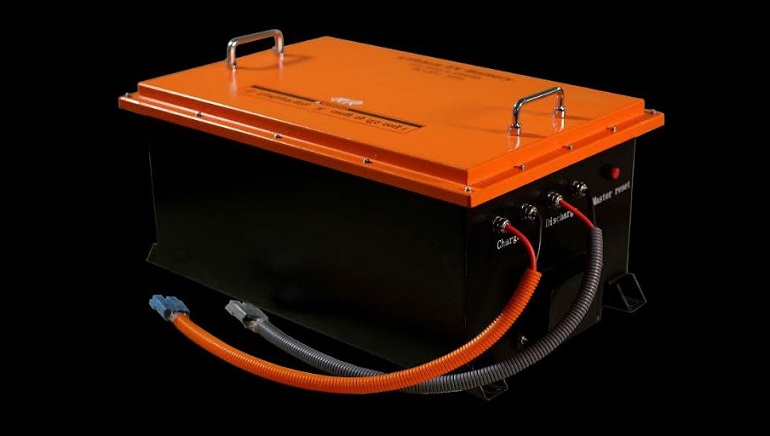Lithium has emerged as a critical component in the modern world, powering everything from
electric vehicles to mobile devices. As the demand for lithium-ion batteries continues to rise for these applications, the pricing of lithium carbonate, a key lithium compound, has become a subject of significant interest. The pricing trend of the raw materials of lithium carbonate
continues to fluctuate, reaching its peak in June 2021 to November 2022, before seeing a
progressive drop in value. The cost of lithium carbonate continues to be influenced by various
factors, including supply and demand dynamics, production costs, and market speculation.
The availability of lithium carbonate directly contributes to the price point of the resource, and is largely influenced by the production capacity of major lithium producers. Countries like Australia, Chile, and China are among the leading lithium carbonate producers globally. Any disruptions or expansions in their production capabilities can affect the overall supply and subsequently impact
prices.
Additionally, advancements in lithium extraction technologies and battery chemistry can impact
the pricing trend of lithium carbonate.
Innovations that lead to more efficient lithium extraction or battery technologies with reduced lithium requirements can potentially influence demand and pricing. Companies like TROES, a battery energy storage system (BESS) provider, closely monitor the market dynamics of lithium carbonate and proactively strategize to manage any potential impact on their product pricing and supply chain.
TROES’ analysis of lithium carbonate pricing in the energy industry indicates that the cost of
lithium carbonate has a significant impact on storage system prices. However, due to the
upstream suppliers’ absorption of cost fluctuations, the response from the energy storage industry will be delayed, resulting in a relatively flat price curve. Fortunately, some upstream suppliers are willing to absorb these price fluctuations, thus mitigating the impact on
downstream buyers.
Despite the short-term fluctuations, the long-term outlook for lithium pricing shows promising upward growth due to the rising demand for lithium-ion batteries.
TROES‘ insights show that the recent price rebound can be attributed to an industry-wide
reduction in production. When prices reached a certain low point, mines faced losses, but with
the decrease in production, prices are expected to rebound. Looking ahead at 2023, the price of
lithium carbonate is forecasted to continue fluctuating. The extent of this downward trend will depend on the development of new mining technologies that can fundamentally reduce mining costs.
This Article has been provided troescorp.com . The views expressed here are of the company and do not necessarily represent those of the publication


